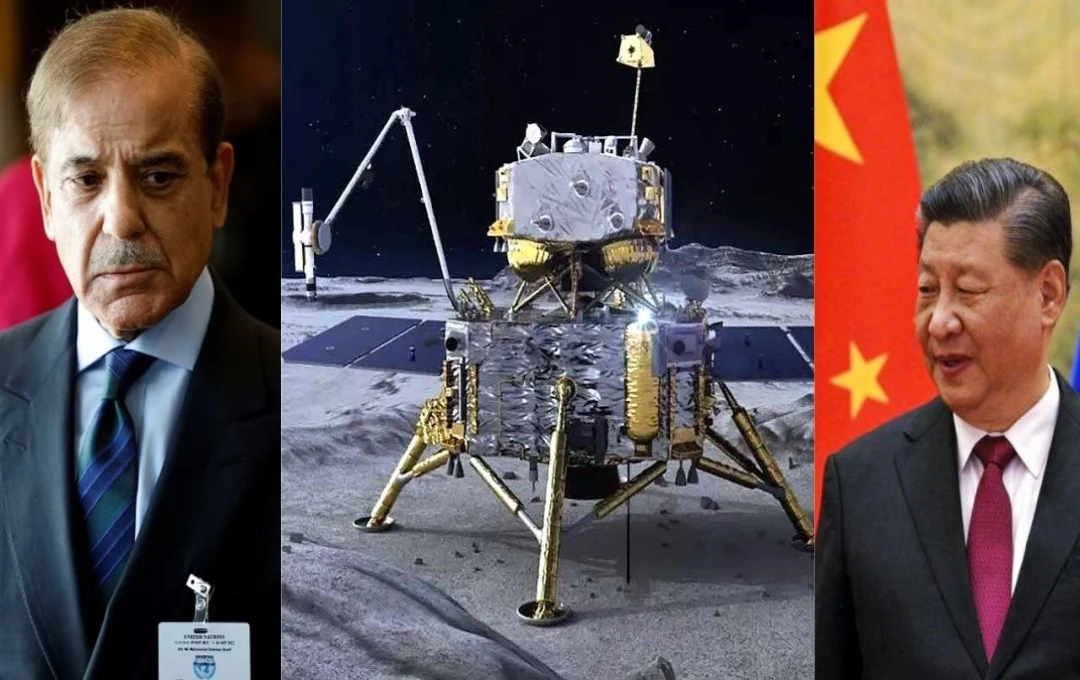Pakistan's SUPARCO to Participate in China's Chang'e-8 Lunar Mission (2028)
China-Pakistan Lunar Mission: Following India's successful lunar missions, Pakistan is also aiming to reach the Moon, not independently, but in collaboration with China. Pakistan's space agency, SUPARCO, will participate for the first time in a major lunar mission as part of China's Chang'e-8 mission, proposed for 2028.
Pakistani Rover's Participation

A domestically developed 35-kilogram rover by SUPARCO will be included in the Chang'e-8 mission. This rover will assist China in studying the Moon's south pole. The mission aims to advance the International Lunar Research Station (ILRS) project, potentially involving other nations in the future.
Why Chinese Collaboration?
According to a report by Pakistan Observer, the aim of this space collaboration between China and Pakistan is to contribute to scientific research on the Moon. The focus is particularly on the exploration of water and other potential resources at the Moon's south pole.
Chang'e-8 Mission: Technological Testing
According to NASA, the Chang'e-8 mission is considered a significant step towards building a future Lunar Science Base. This mission will test Earth observation, lunar surface sample collection, and resource utilization technologies, aiding in the future construction of permanent human settlements on the Moon.
Role of the Pakistani Rover

As reported by the South China Morning Post, the SUPARCO-developed rover is designed to study the challenging terrain of the Moon's south pole. This region is scientifically crucial due to the potential presence of water and minerals.
Opportunities for Other Nations
According to Wang Qiong, deputy chief designer of the Chang'e-8 mission, China has offered a 200-kilogram (440-pound) payload capacity for other interested nations. This means other countries can send their scientific instruments or robots on this mission. This payload could include sensors mounted on the lander, robotic rovers, or flyable vehicles capable of independent operation after landing.












